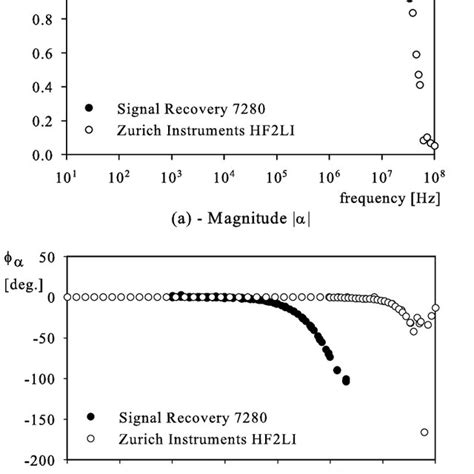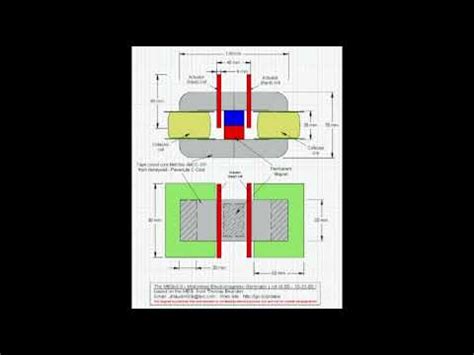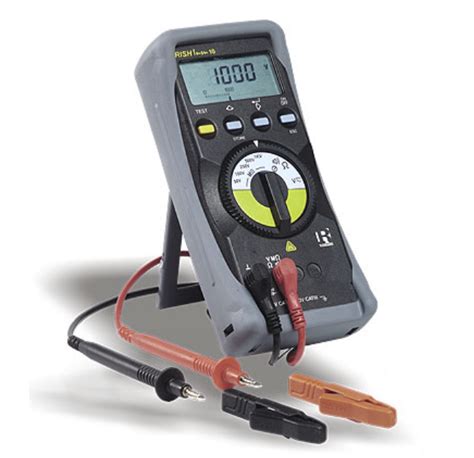
ALL ABOUT FLEX PCB
-
 Read more: What does a Rheostat do: Functionality And Differences From The Potentiometer
Read more: What does a Rheostat do: Functionality And Differences From The PotentiometerWhat is a Rheostat and How Does it Work? A rheostat is a variable resistor that allows you to adjust the amount of current flowing through an electrical circuit. It works by changing the resistance in the circuit, which in turn changes the current flow according to Ohm’s law (V […]
-
How to Design PCB Stackup
Posted by
–
 Read more: How to Design PCB Stackup
Read more: How to Design PCB StackupWhat is PCB Stackup? PCB stackup refers to the arrangement of copper and insulating layers that make up a printed circuit board (PCB). It defines the number of layers, their order, thickness, and materials. The stackup design is crucial for ensuring proper functionality, signal integrity, and manufacturability of the PCB. […]
-
 Read more: Differential trace impedance without reference plane
Read more: Differential trace impedance without reference planeIntroduction to Differential trace impedance Differential trace impedance is a crucial aspect of high-speed PCB design, especially in applications involving differential signaling. It refers to the characteristic impedance of a pair of traces that carry differential signals. Maintaining a consistent and controlled differential impedance is essential for ensuring signal integrity, […]
-
 Read more: Motionless Electromagnetic Generator: A Guide on Designing a MEG Circuit
Read more: Motionless Electromagnetic Generator: A Guide on Designing a MEG CircuitIntroduction to MEG Circuits A Motionless Electromagnetic Generator (MEG) is a type of electrical generator that utilizes permanent magnets and electromagnetic coils to generate electricity without any moving parts. The concept behind MEG circuits is based on the principles of electromagnetic induction and the interaction between magnetic fields. In this […]
-
 Read more: Continuity Tester Circuit: How to Build a Simple Continuity Tester
Read more: Continuity Tester Circuit: How to Build a Simple Continuity TesterIntroduction A Continuity Tester is an essential tool for any electronics enthusiast or professional. It allows you to quickly and easily check if there is a complete path for current to flow through a circuit, wire, or component. In this article, we will explore what a continuity tester is, how […]
-
What is PCB Substrate Material
Posted by
–
 Read more: What is PCB Substrate Material
Read more: What is PCB Substrate MaterialIntroduction to PCB Substrate Printed Circuit Boards (PCBs) are the backbone of modern electronics. They provide a platform for electronic components to be mounted and connected, forming a functional circuit. One of the critical elements of a PCB is its substrate material. The substrate is the foundation upon which the […]
-
What is Via Filling
Posted by
–
 Read more: What is Via Filling
Read more: What is Via FillingWhy is Via Filling Important? Via filling plays a crucial role in the production of modern PCBs for several reasons: Electrical Connectivity: By filling the vias with conductive material, electrical signals and power can be transmitted between the different layers of the PCB, enabling the creation of complex, high-density designs. […]
-
Vias and Traces – How Conductive on the PCB?
Posted by
–
 Read more: Vias and Traces – How Conductive on the PCB?
Read more: Vias and Traces – How Conductive on the PCB?Understanding PCB Conductivity PCB conductivity refers to the ability of a PCB to allow electrical current to flow through its various components, including vias and traces. The conductivity of a PCB is determined by several factors, such as the material used for the conductive layers, the thickness of the copper, […]
-
 Read more: How to Build a Circuit Board- Key Steps to Making DIY Circuit Boards
Read more: How to Build a Circuit Board- Key Steps to Making DIY Circuit BoardsIntroduction Building your own circuit boards can be a rewarding and cost-effective way to create custom electronic projects. Whether you’re a hobbyist or a professional engineer, understanding the process of designing and manufacturing circuit boards is essential. In this comprehensive guide, we’ll walk you through the key steps to making […]
-
How To Using Light Detector Circuit(Latest)
Posted by
–
 Read more: How To Using Light Detector Circuit(Latest)
Read more: How To Using Light Detector Circuit(Latest)What is a Light Detector Circuit? A light detector circuit is an electronic circuit that can detect the presence or absence of light and convert it into an electrical signal. It typically consists of a light-sensitive component, such as a photoresistor or a photodiode, along with supporting components like resistors, […]




